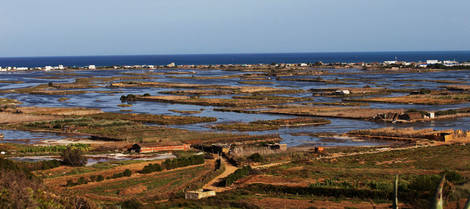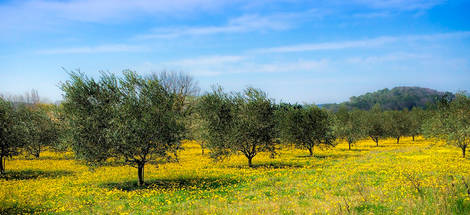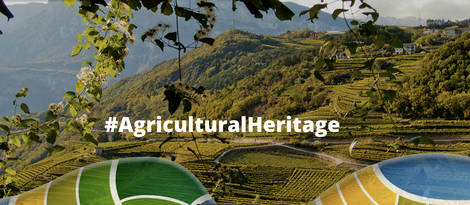
©FAO/Abdelhakim Aissaoui
Традиционные сельскохозяйственные системы рамли в лагунах Гар-эль-Мильха и висячие сады Джебба эль-Олия в Тунисе признаны системами сельскохозяйственного наследия мирового значения (ГИАХС) - наименование, которое присваивает Продовольственная и сельскохозяйственная организация Объединенных Наций (ФАО). Тунисские объекты уже во второй раз удостаиваются признания в качестве ГИАХС после оазисов Гафса в 2011 году.
Оба объекта отражают глубинные связи между культивируемыми посевами и природной экосистемой, местной фауной и флорой, и способствуют сохранению традиционных знаний и защите биоразнообразия. Это признание в качестве объектов...

Rome.- The GIAHS-Secretariat is pleased to announce the launching of its Webinar Series with a Session on Sustainable Tourism and Agricultural Heritage on Thursday, June 11, from 3:00 PM to 4:30 PM (Rome time) via Zoom. The session will be hosted by Endo Yoshihide, GIAHS Program Coordinator with special guest speakers: Dirk Glaesser, Director of Sustainable Development of Tourism at the United Nations World Tourism Organization (UNWTO), and Bernardino Sperandio, Mayor...
World Environment Day 2020
05 June 2020
05 June 2020

Time for Nature – 5 June is World Environment Day and this year the focus is on biodiversity, calling for nature to be at the heart of all decision-making.
In the context of a post-COVID-19 world, this year’s theme is an opportunity to highlight the need to 'build back better', in harmony with the nature that our ecosystems and health depend on. Sound ecosystem management is the solution to achieve food security and protect human...

UNIFI
The University of Florence supported by the Italian Agency for Cooperation and Development is the first institution to organize a master course to identify and map potential Globally Important Agricultural Heritage (GIAHS) sites all over the world.
The FAO Programme on “Globally Important Agricultural Heritage Systems” is the scientific reference used by the University to explore the characteristics of the registered landscapes in Italy by using the lens of dynamic conservation...


